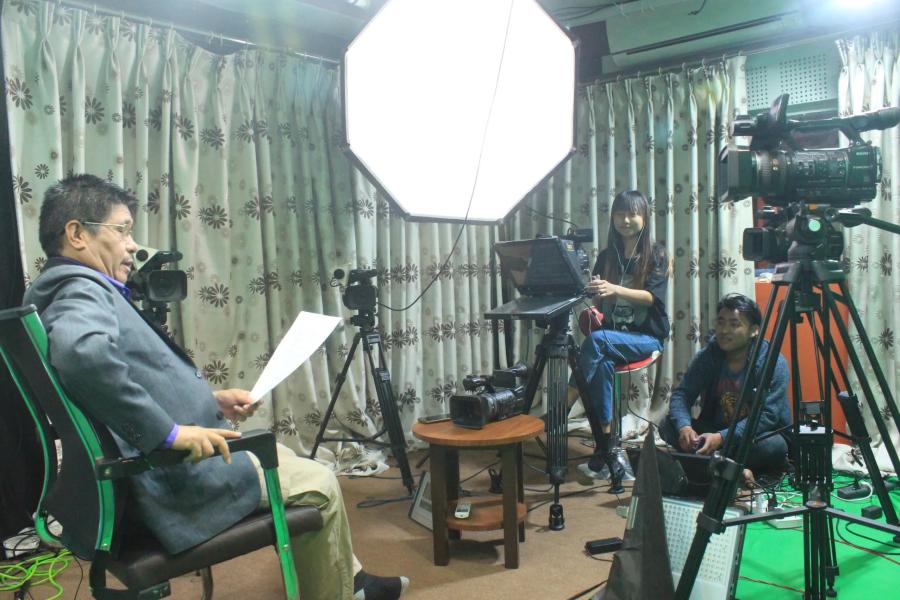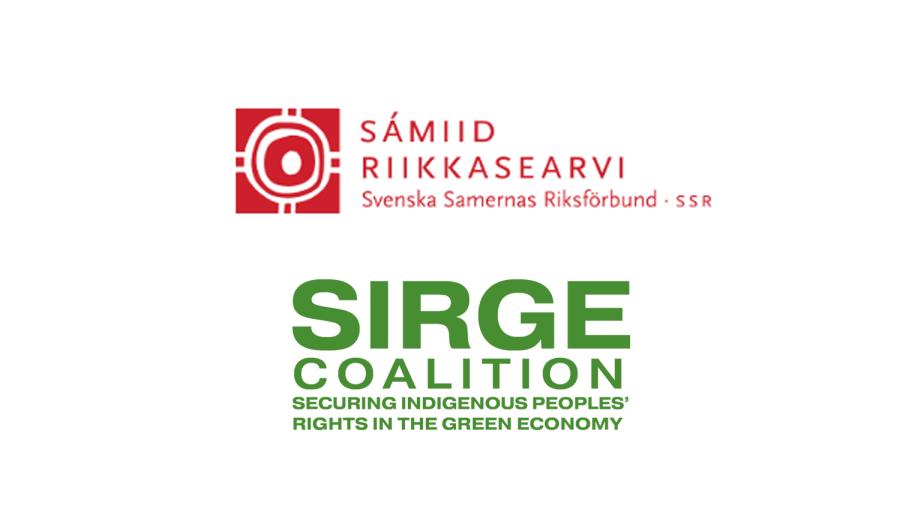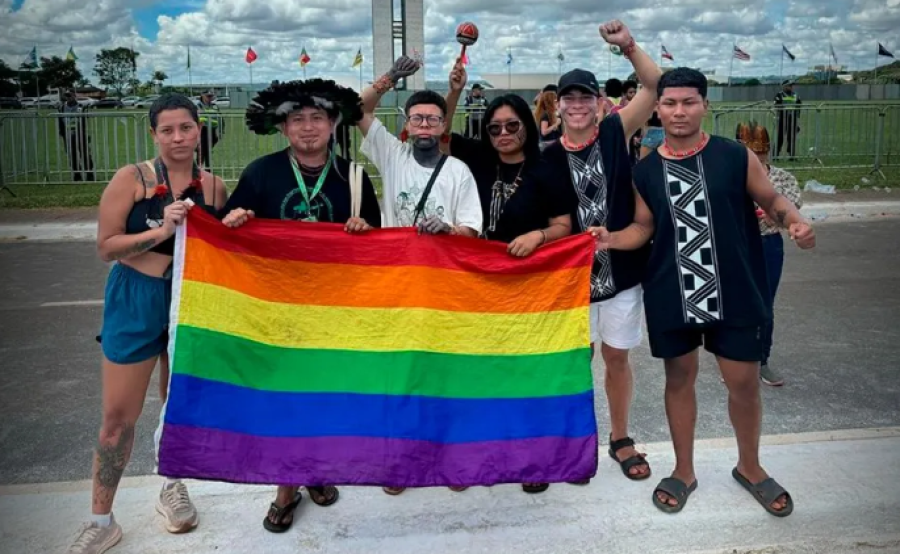Indigenous peoples are pragmatic. When an innovation makes life easier, or more comfortable, or provides other desired benefits, indigenous peoples are as likely as anyone else to incorporate it into their lives. And, when such changes are of their own choosing, they comfortably adapt their cultures to them. That was true in the 1600s when indigenous North Americans absorbed guns, horses, and copper kettles into their cultures, and in the latter part of the 20th century when the Saami replaced their dog sleds with snowmobiles.
Indigenous communities have never been islands. In pre-colonial times, indigenous peoples acquired new technology as much through elaborate inter-community exchange networks as through internal innovation. Colonization by Europeans, who had an inexhaustible and shameless hunger for indigenous lands and resources, transformed both the types of technologies known to indigenous peoples and their need for those technologies. At first indigenous peoples welcomed colonizers' weapons and modes of transportation into their lives. But over time, unequal distribution of those technologies fundamentally altered their political relationships and forced them to adapt their cultures to a milieu inhabited by previously unknown non-indigenous peoples.
The cultural transformation that ensued was dramatic and often traumatic, much like the impact of industrialization on European craftsmen and peasantry, or the computer age on middle-class consumers in our own time. Some decried the demise of their identity as a result of technological innovation. Others found technology and the new ways of thinking that came with it useful or desirable and incorporated it into their lives and ways of life. Technological access and ability to adapt to it often resulted in increased political power over those with less access or adaptability.
In today's technologically rich and dependent world, indigenous peoples fully understand the importance of new technologies. Access on par with other people and groups protects indigenous peoples from subordination by those with greater technological might. It opens doors to new opportunities for meeting their needs and realizing their aspirations. In today's highly competitive world, it helps to level a playing field that is still fogged and swampy in the indigenous zone but clear and dry where Westerners play.
But unlike the new technologies of years gone by, today's technological innovations are centered on knowledge, information, and communication. They provide the means needed to gather and act on new ideas, to share ideas and ways of doing things with others, and to record past and present ways so that they are not forgotten in the future. Whereas guns once helped indigenous peoples fend off incursions that stripped them of aspects of their identity, today's technology provides the means for indigenous peoples to reinforce and assert those identities.
In a study widely read by students of anthropology, Terence Turner described what happened when he began filming and giving video cameras and recording equipment to the Kayapo, an Amazonian indigenous people living in northern Brazil. Through representational media, the Kayapo objectified their culture, and in doing so, began to understand that their culture had value not only to themselves but to at least some outsiders who agreed that their culture should be protected. As Turner put it: “The power of representation through these media … became associated with the power of conferring value and meaning on themselves in the eyes of the outside world, and reflexively, in new ways, in their own eyes as well.” For the long-downtrodden Kayapo, “the power and technology of representation … became a symbolic benchmark of cultural parity.” The Kayapo used the media to transform the power relationship between themselves and the Brazilian authorities. They not only filmed and recorded their culture for posterity, but used the footage to educate the outside world about their ways of life and what would be lost if their oppression continued. And, when threatened by political decisions of the Brazilian government, such as the planning for a hydroelectric dam that would fundamentally alter the lands oand environment in which they lived, they successfully used informational media as a means of political action.
Indigenous peoples around the world share the savvy exhibited by the Kayapo. In advance of the second meeting of the World Summit on the Information Society, which will be held in Tunis, Tunisia, this November, indigenous peoples are using technology to declare their intent to be included in the digital revolution. They are calling for the development infrastructure to be made available to indigenous peoples so that they can have access to the internet and other information and communications technologies (ICT). They are calling for ICT to be used to promote and preserve indigenous rights and cultures, to heighten their access to education in their own languages and based on their own cultural methods of teaching and learning, to improve their access to health care, to respect indigenous cultural property, to promote respect for the environment, and to enable indigenous-directed and controlled economic development. Most of all they are demanding that ICT be made available to communities on the basis of equity and accessibility for all.
Cultural Survival endorses all of these demands. As nations prepare for the second phase of the World Summit on the Information Society, they should study the Declaration and Plan of Action prepared by the Global Forum of Indigenous Peoples and the Information Society (GFIPIS), consult widely with the indigenous peoples living within their boundaries, and include indigenous peoples in their delegations. Businesses, financial interests, unions, and others planning to attend the summit in Tunis should do likewise. As indigenous peoples themselves say in the GFIPIS declaration, "the dignity and human rights of Indigenous peoples, nations and tribes … must be affirmed if the economic, information and digital divide which separates technology rich nations and the private sector from the most marginalized peoples of society including Indigenous peoples, nations and tribes, is to be bridged."



